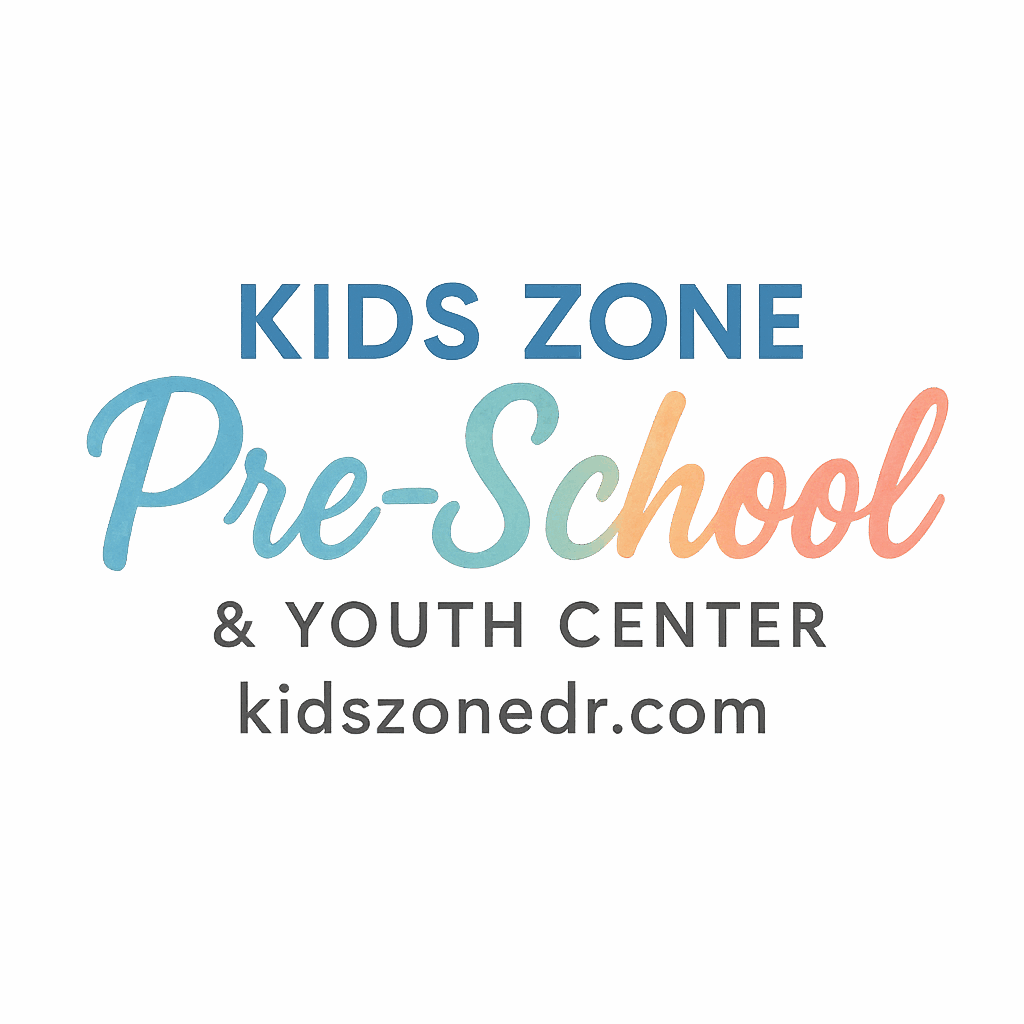Independent play isn’t just about giving kids something to do—it’s about equipping them with lifelong skills like problem-solving, creativity, and resilience. In both preschools and youth centers, encouraging children to play on their own fosters confidence and curiosity, while giving educators and parents a chance to step back and observe their growth.
In this guide, we’ll dive into 11 practical hacks that teachers, caregivers, and parents can use to inspire independent play in preschoolers and young learners.
Why Independent Play Matters in Early Childhood
Independent play is more than just quiet time—it’s an essential part of preschool learning development. When children explore activities on their own, they practice self-regulation, improve focus, and gain a sense of ownership over their choices.
Building Confidence Through Play
Think of independent play as a safe sandbox for real-world problem-solving. Each time a child figures out how to stack blocks higher or role-play a story, they’re building self-confidence and trust in their own abilities.
Encouraging Curiosity and Creativity
When children aren’t guided at every turn, their imagination flourishes. Unstructured play is like a blank canvas—it allows them to paint their own stories, experiment, and discover.
Hack #1: Set Up Clearly Defined Play Zones
Creating Purposeful Spaces
Kids thrive when they know what to expect. Dividing your classroom or youth center into play zones—like a block corner, art station, reading nook, or pretend play area—helps children choose activities without feeling overwhelmed.
Rotating Materials to Keep Engagement High
Stale toys lead to boredom. By rotating toys and materials weekly, you keep kids excited and curious. This simple strategy ensures they don’t lose interest while keeping playtime fresh.
Hack #2: Use Open-Ended Toys and Materials
Blocks, Loose Parts, and Imagination
Open-ended toys, like building blocks, playdough, or natural materials, allow kids to create their own worlds. Unlike structured toys with one outcome, open-ended tools fuel imagination.
Why Less Structured Toys Work Best
The less you dictate how a toy “should” be used, the more room kids have to explore. This fosters problem-solving and boosts their confidence.
Hack #3: Incorporate Daily Routines that Support Autonomy
Predictability Builds Comfort
Children crave consistency. Establishing daily routines, such as structured play times and quiet reading sessions, helps them feel safe enough to play on their own.
Linking Independent Play to Daily Habits
By embedding play into daily routines and activities, children naturally accept independent play as a part of their day.
Hack #4: Provide Visual Cues and Accessible Storage
Picture Labels and Color Coding
Visual aids like picture labels, baskets, and color coding help children know where items belong. This empowers them to make choices without constant adult direction.
Teaching Responsibility Through Organization
Organized play spaces not only encourage independence but also teach responsibility—kids learn that they’re capable of taking care of their environment.

Hack #5: Model Independent Play Yourself
The Power of Observation
Children often mimic adults. When they see you engaged in a quiet activity—reading, drawing, or building—they feel inspired to do the same.
Gradually Extending Solo Playtime
Start small. Let kids play independently for just 5–10 minutes, then gradually extend the time as they gain confidence.
Hack #6: Introduce Play Prompts and Invitations
Simple Provocations to Spark Curiosity
Set up a table with seashells, magnifying glasses, or a tray of colorful buttons. These little invitations to play spark curiosity without needing much adult instruction.
Balancing Guidance Without Overstepping
The trick is offering just enough to get them started, then stepping back. Too much involvement kills creativity.
Hack #7: Embrace Outdoor Independent Play
Nature as the Ultimate Play Space
The outdoors is a child’s natural playground. From climbing trees to digging in dirt, outdoor environments encourage exploration and creativity.
Risk-Taking and Confidence Growth
A little risk-taking—like balancing on a log—teaches resilience and builds growth mindsets.
Hack #8: Foster Peer-to-Peer Play Opportunities
Social Learning Through Shared Independence
Independent play doesn’t always mean solo play. Kids learn to cooperate, negotiate, and share when engaged in peer-driven activities.
Encouraging Collaborative Problem-Solving
Building a tower together or role-playing a story teaches children to solve problems without relying on adult intervention.
Hack #9: Use Music and Movement for Self-Directed Fun
Simple Instruments and Dance Play
Providing small instruments or free-dance sessions lets kids explore rhythm and movement on their own terms.
Giving Kids Freedom to Lead
Instead of instructing every step, let them lead a mini dance party or experiment with sounds—it’s independence in action.
Hack #10: Limit Screen Time and Encourage Real-World Play
Balancing Technology and Creativity
Screens can be educational, but too much undermines creativity. Replacing screens with hands-on activities promotes curiosity and critical thinking.
Why Screen-Free Play Builds Resilience
Screen-free play teaches kids to manage boredom and invent their own fun, a crucial life skill.
Hack #11: Involve Parents in Supporting Independent Play at Home
Aligning Preschool and Home Strategies
Consistency between preschool and home is key. When parents mirror strategies used at school, children thrive. Check out our guide on parental guidance and involvement for more tips.
Encouraging Consistency for Lasting Impact
When families and educators work together, independent play becomes a natural, enjoyable habit that follows kids throughout their development.
Conclusion
Independent play isn’t just about giving teachers a break—it’s a powerful tool for shaping confident, creative, and resilient children. By setting up play zones, rotating materials, modeling behaviors, and aligning home and school practices, preschools and youth centers can create environments where kids feel empowered to explore and grow.
Want more insights into fostering kids’ development, building healthy habits, and supporting parents? Explore more resources on KidsZoneDR.
FAQs
1. How much time should a preschooler spend in independent play daily?
Ideally, preschoolers should engage in at least 30–60 minutes of independent play each day. This can be spread across multiple sessions.
2. What are the best toys for encouraging independent play?
Open-ended toys like blocks, playdough, puzzles, and pretend play sets are excellent choices.
3. How do I encourage my shy child to play independently?
Start with small, familiar activities and gradually introduce new materials. Provide reassurance, but step back once they’re engaged.
4. Can independent play improve preschool learning development?
Yes! Independent play boosts problem-solving, creativity, and focus—all crucial for learning and development.
5. Is outdoor play better than indoor play for independence?
Both have value. Outdoor play encourages risk-taking and exploration, while indoor play offers comfort and focus.
6. How can parents balance involvement and independence?
By providing play prompts and then stepping back. Support when necessary, but resist the urge to lead every moment.
7. What role do teachers play in supporting independent play?
Teachers act as facilitators—setting up environments, providing materials, and stepping back to let children take the lead.


